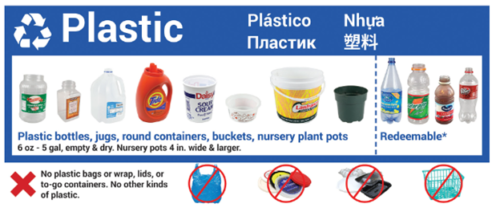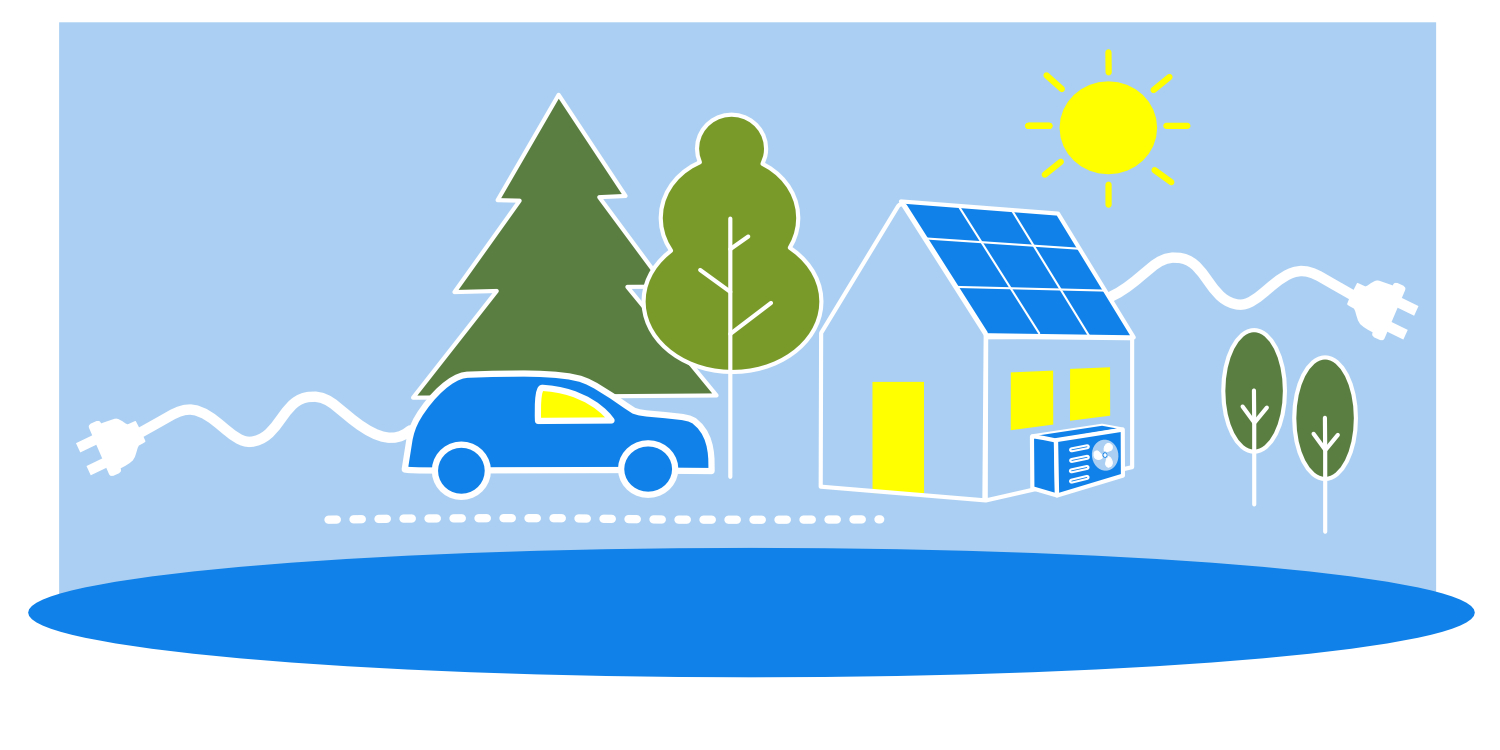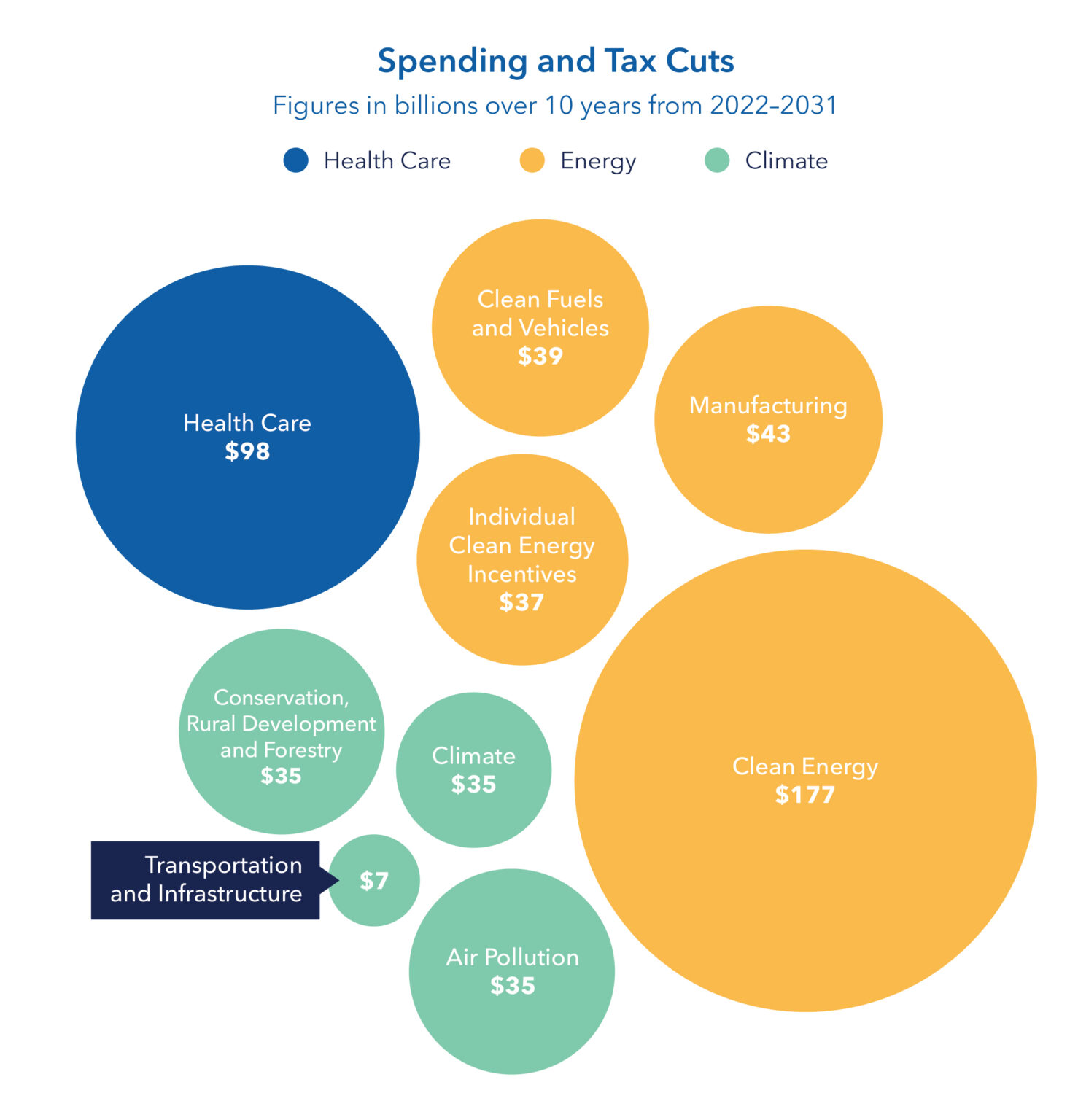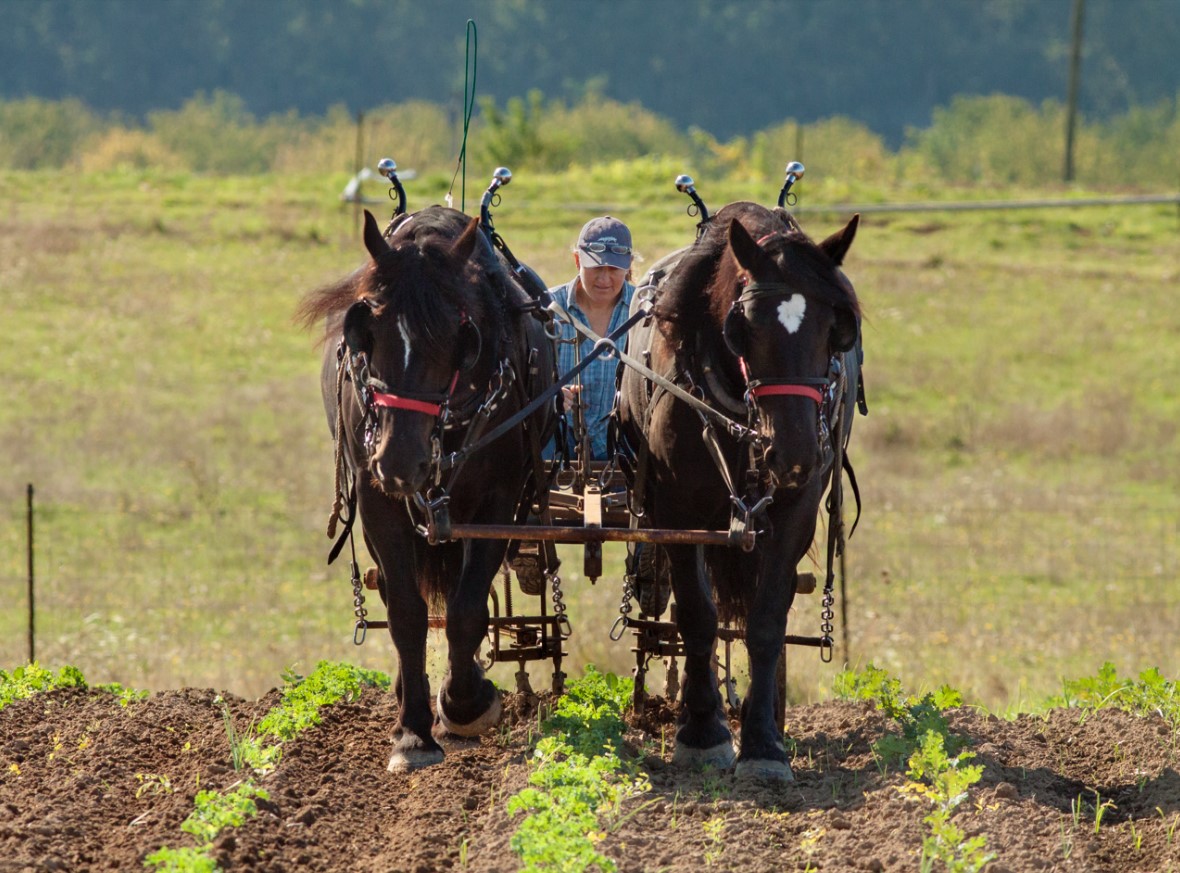Mar 16, 2024 | News, Recent
By Jim Newcomer, LOSN Materials Management Team
Amanda Watson manages the city’s sustainability program, and that includes managing responsibly the waste the city and its people generate. To get answers to some of the recycling questions we all face weekly, we sent her a couple of questions, and she provided answers that we can all use.
For citizens who mean well and intend to recycle as much as we can, it can be daunting to remember exactly what is recyclable. And when we look at a plastic object, we may want to recycle it even though the chart on the refrigerator doesn’t mention it.
To find out, many people call Amanda.
Answering those calls is not a simple job.
I was curious about what people want to know from the city coordinator who supervises all the collection choices. I asked her in advance of sitting down in person: what are the most frequently asked questions about recycling?
She wrote back:
What do I do with….?
Many of the questions I get about recycling and disposal are from people wanting to know how to responsibly get rid of more unusual or infrequently disposed of household items, everything from fluorescent light tubes to large amounts of cardboard to old office supplies.
People are always welcome to call me with questions, but the best first place to look would be Metro’s online Find A Recycler website. Just put in your address and what you are looking to dispose of, and you will get a list of locations sorted by distance to you for reuse, recycling, and/or disposal of those items. Metro also has a fully-staffed recycling hotline that people can call with questions: 503-234-3000.
Questions about recycling plastic
In the Metro region, whether or not plastic is recyclable depends on the shape and size of the item, not on the recycling symbol or number it may be labeled with. All plastic bottles, jugs, round containers and buckets between 6 oz – 5 gallons, and nursery plant containers 4 in wide and larger are recyclable. Caps and lids must be removed and put in the trash as they are too small to be sorted by the recycling machines.
This means that things like square plastic containers for berries and salad greens (“clamshells”) are not recyclable curbside. These need to go in the garbage, or they can be disposed of at New Seasons stores.
Unfortunately we do see people putting non-recyclable types of plastic into their curbside recycling bins hoping they are recyclable. While I understand the wish that more materials could get recycled, this “wishcycling” creates contamination which is costly for recycling facilities to sort out.

What do I do with old batteries?
As of 2023, residents of single-family homes in Clackamas County can recycle batteries curbside. Follow the preparation instructions in the graphic below.

Batteries are considered hazardous waste, and pose safety issues when they are improperly disposed of. If you don’t live in a single-family home, you will need to take your used batteries to the Metro south hazardous waste facility (disposal is free for household amounts) or a retail business in the area that accepts batteries for recycling (check Find a Recycler!).
When we met in person, she shared that we can expect some major changes in the coming year. In 2021 the Oregon Legislature passed the Plastic Pollution and Recycling Modernization Act, which is designed to ensure that plastics get recycled and that the companies that produce them pay to make it happen. When the law takes effect in 2025, she said, we can expect a simpler set of packaging materials, and we will be able to recycle most of them.
Mar 15, 2024 | News, Recent
For too long the manufacturers of plastics have evaded their responsibility for the piles of discarded plastics that plague the world in so many ways. But that era is coming to an end soon.
Back in 2021, Oregon’s legislature passed Senate Bill 582, the Recycling Modernization Act. It created a method to implement Extended Producer Responsibility (EPR) for the recyclability of packaging materials sold in Oregon. At that time, Oregon was only one of two states to enact a law of this kind, with Maine having been the first.
The Act directed the DEQ to establish a Recycling System Advisory Council, comprised of representatives from local governments, community-based organizations representing historically underserved groups, small businesses, the recycling industry, processors or material end users, and producers of the products specified in the act. The Council has been hard at work writing the rules that will make this Act a reality. The Council is responsible for the initial development and implementation phase of the Act and will remain in place in perpetuity.
To fund this new state-wide system, producers of items covered by this new law will pay an annual fee to join a Producer Responsibility Organization (PRO) no later than July 1, 2025. The PRO will ensure that these producers:
- Sell in our state only material specified in the act that can be recycled responsibly and transparently.
- Fund a commodity risk fee to make money available to recycling processing facilities to stabilize the cost of recycling.
- Develop resources for residents to properly prepare materials for recycling.
Here are a few answers to common questions about the new law:
What does this mean for the citizens of Oregon?
One key objective of this Act is to provide seamless recycling programs across the entire state of Oregon for most types of packaging and food service ware, with a focus on plastics. If you can recycle an item in the Portland Metro Area, it will also be recyclable in every other community of Oregon as well, although the method by which a specific item is collected for recycling may differ.
What is on the new, expanded statewide list of recyclables?
The Uniform Statewide Collection List (USCL) has grown from what materials had been recyclable prior to this law. The current list as of January 2024 is available online and linked here.
Here are a few materials that are new to the list:
- Paper or plastic plates
- Styrofoam Clamshells intended for single use, such as take-out containers
- Tissue paper (packaging, not facial or sanitary)
- Paperback books (hardback books are excluded)
- Polyethylene film
- Blocks of white expanded polystyrene
By July 1, 2025, the items on the USCL will be collected statewide for recycling.
I live in a multi-family community. How does this law increase my access to recycling?
The implementation of this law in multi-family communities begins with a needs assessment by Oregon DEQ, which is due in September of 2024, followed by a two-year period of planning and technical assistance. The new requirements for multifamily housing will take effect on July 1, 2026. In addition the law will require DEQ to complete a new needs assessment every 4 years to ensure effective and equitable opportunities for their tenants or condo owners to recycle moving forward.
Will my garbage and recycling rates increase because of this new law?
The short answer is no. The intent of the law is for the producers of the packaging, printed paper, and food service ware to pay for improvements to the current recycling infrastructure. Research performed across Canada between markets with and without EPR rules found no correlation between product pricing and the presence of EPR requirements.
How can I learn more about this law?
The Oregon DEQ website has a page specifically regarding the implementation of the Plastic Pollution and Recycling Modernization Act with lots of information including short videos and a monthly newsletter. The link is provided below, along with several others on this topic.
USEFUL LINKS:
Department of Environmental Quality : Plastic Pollution and Recycling Modernization Act : Recycling : State of Oregon
Department of Environmental Quality : Oregon Recycling System Advisory Council : Recycling : State of Oregon
recRMAImpTimeline.pdf (oregon.gov)
rscRRSconsumer.pdf (oregon.gov)
Jul 29, 2023 | Electrify LO, Home Page, News
Over the last year, the LOSN “Electrify LO” campaign has promoted the importance of moving away from fossil fuels toward electrification of vehicles and homes as among the most important ways we can reduce our carbon footprint and address the climate crisis. Now we can dive into when and how to electrify with information on financial incentives for home electrification and electric vehicles, how to choose a contractor for heat pumps for space conditioning, and how to try out an induction cooktop.
What Incentives Are Available Now? What Other Incentives Are Coming?
On January 1, 2023, new tax credits became available for many home electrification and energy efficiency projects including weatherization, heat pump water heaters, heat pumps for space heating and cooling, electrical panel upgrades, rooftop solar and home battery storage systems.
Later this year (or early 2024) additional upfront discounts (also called rebates) will become available for these improvements for lower-income and some middle-income families. The discounts, which can be combined with the tax credits, can be additionally used for induction and electric stoves, new wiring, and heat pump clothes dryers.
One more discount, available at all income levels, is called a whole home energy reduction rebate and it rewards homeowners for overall energy use reductions.
READ MORE ….
Mar 25, 2023 | Electrify LO, Home Page, News
May 19, 2022 | Electrify LO, Home Page, News
In 2018, 30% percent of homes in Oregon had no air conditioning. Hot summers, including the heat dome of June 2021 that produced temperatures in Lake Oswego higher than 112 degrees F, have led to an upswing in interest in indoor cooling.
Heat pumps are a great way to cool your home in the summer. This same heat pump will also warm your home in the winter–it can either replace your furnace or dramatically reduce its use. Heat pumps are 2-3 times more energy efficient than traditional furnaces, so produce fewer greenhouse gas emissions and cost less to operate.
Portland General Electric has a list of approved contractors for heat pumps and offers discounts of up to $1700 through June 30.
Our partner Electrify Now also has a list of trusted contractors that offer discounts.
Energy Trust of Oregon has information on ways to finance heat pumps—instead of a large upfront cost to purchase the system, a monthly charge will be added to your PGE bill.
If you want to get the benefit of a cooling system that also provides heat during the winter, lower operational costs, and the lowest impact on the environment, install a heat pump.
May 19, 2022 | Community, Home Page, News
When: Starting May 19th through October 27th
Pickup Location: Luscher Farm City Park, 125 Rosemont Rd, Lake Oswego, OR (map)
For more info and to join today click here.
If you join now, you will enjoy the bounty of healthy, fresh vegetables direct from the farm for the whole summer growing season.
The Luscher Farm CSA has been a partner for many years and is a program of Lake Oswego Parks & Rec that is managed by the 47th Ave Farm.
Community Supported Agriculture (CSA) is a partnership between a farmer and local families who invest in each other. Members pay at the beginning of the growing season and in return, you will receive delicious local produce all through the summer season. Harvest starts mid-May and continues through the end of October. Members come to Luscher Farm on Thursday evenings to pick up their beautiful bountiful basket of produce.
In addition to growing great vegetables, the CSA farmers are also using many different practices to increase sustainability at Luscher Farm. To cultivate and weed our fields, we use both electric tractors and draft horses. This reduces dependence on fossil fuels and runs lighter on the ground than traditional diesel tractors. We are also innovating with different cover crop mixes between our year-round vegetable crops. Cover crops can increase carbon sequestration, improve soil health, provide habitat for beneficial insects and reduce the need for off-farm inputs. All of these practices add up to more sustainable & delicious veggies for your family!
Now is the time to sign up for the Summer CSA program





